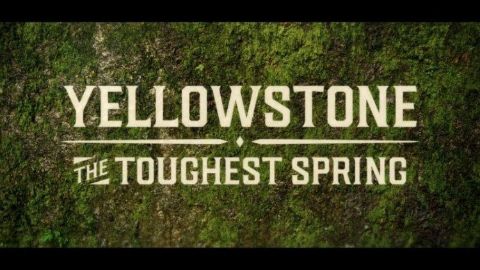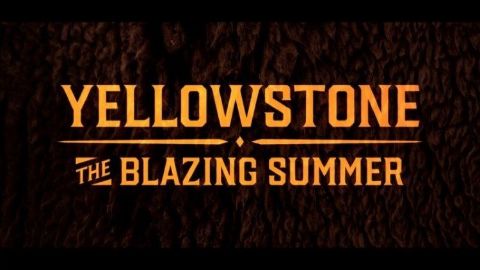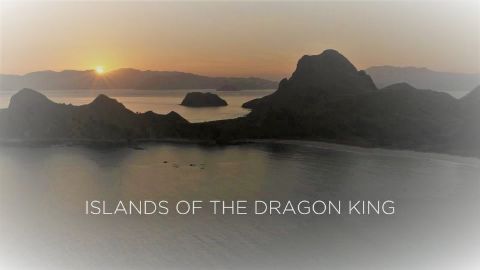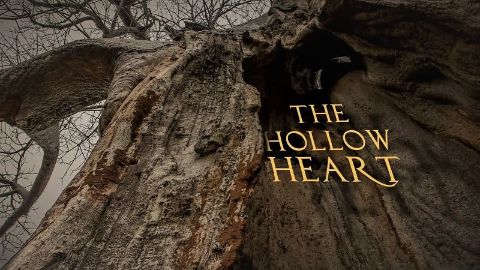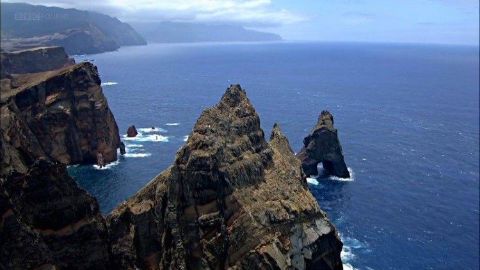Wildest Winter • 2016 • episode "S1E1" • Yellowstone: Wildest Winter to Blazing Summer
Patrick follows the grizzly bears that are taking a risk with the weather by leaving their winter dens early. Hungry wolves are struggling to bring down their elk prey in the unusually shallow snow. And for great grey owls, it is the iciness of the snow that is hampering their hunts. Yellowstone's winter is always one of the most brutal on the planet. But 2016 saw weather records broken, and the wildlife was forced to adapt to survive. Kate Humble gets to grips with the science behind this remarkable season, from understanding the importance of the snowpack's structure as the melt begins to uncovering why Yellowstone's unique geology poses problems for some grazer's teeth.
Make a donation
Buy a brother a hot coffee? Or a cold beer?
Hope you're finding these documentaries fascinating and eye-opening. It's just me, working hard behind the scenes to bring you this enriching content.
Running and maintaining a website like this takes time and resources. That's why I'm reaching out to you. If you appreciate what I do and would like to support my efforts, would you consider "buying me a coffee"?
Donation addresses
BTC: bc1q8ldskxh4x9qnddhcrgcun8rtvddeldm2a07r2v
ETH: 0x5CCAAA1afc5c5D814129d99277dDb5A979672116
With your donation through , you can show your appreciation and help me keep this project going. Every contribution, no matter how small, makes a significant impact. It goes directly towards covering server costs.

